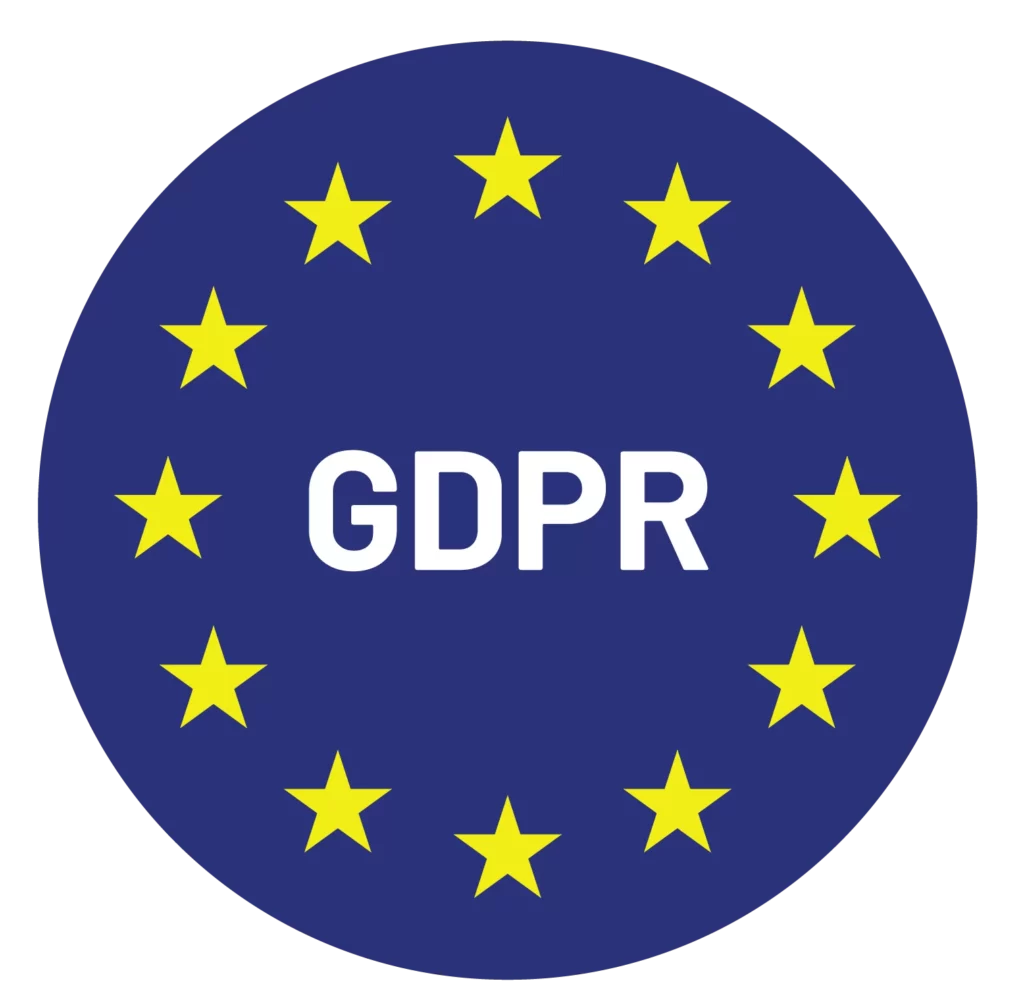“One of the best ways to enrich your life is to expand your emotional range.”
This was an interesting statement made by Tony Robbins (bestseller author and one of the most well-known life & business strategists in the world) in his book Giants Steps.
And it’s rather true, isn’t it? Without balance and emotional self regulation, our experience of life can go in extreme directions. Especially in the hyperconnected world that we live in today, the smallest of things have the power to act as negative triggers if we are not in control of our emotional state.
On its own, that is a difficult position to be in. But a singular moment of outburst also has the massive scope of ruining a reputation or relationship that one has painstakingly built over years.
The possibility that not being in steady control of our emotions can have such a negative impact on our future and can derail everything we have worked for in the past can be rather scary.
Emotion Commotion
As you may be aware already, the brain plays an important role in our behaviour – the amygdala in particular. The term ‘amygdala hijack’ was coined in Daniel Goleman’s first book on Emotional Intelligence published in the year 1997.
So, what is the amygdala? The amygdala is the emotional part of the brain which regulates the ‘fight or flight’ response. When threatened, the amygdala can respond instinctively and at times irrationally.
Unfortunately, the amygdala works on what is called a hairline trigger, thus making us act before the prefrontal lobes (that are in charge of executive function) can mediate and offer a more appropriate response. The rush of stress hormones flooding the body often leads us to generate less-than-desirable behaviour.
So, how to self regulate emotions, maintain cognitive control and prevent the amygdala hijack?
The Emotional Audit tool was built to help specifically with that.
What Is the Emotional Audit Tool?
The Emotional Audit is a self-awareness and self-management tool developed by world-renowned EI (emotional intelligence) expert, Dr. Reldan. S. Nadler, to aid the prevention of an amygdala hijack.
By using this emotional self regulation tool, one can make use of strategic questions that can help change the focus for a person who is emotionally charged up or about to be ‘hijacked’. By using this tool on your clients, you can help them recognise the symptoms of the amygdala hijack and prevent it too.
How Does It Work?
The Emotional Audit is especially helpful when your client can sense that they are getting triggered by a person or a situation. What is emotional self regulation? It is more of a self-administered tool, so you can explain the process to your clients in a session and provide a demo or have them do a practice round with you. But the only way to get it to be effective in the long run is to have your clients practice the audit several times over on their own.
Once they have used this tool for a few days, they may begin to see patterns in the things that trigger them. By using the Emotional Audit tool, they will be able to refocus the attention away from the amygdala and engage other functions of the brain that help them gain more cognitive control – thus paving the path for more constructive options and clearer direction.
When the amygdala gets activated & triggered, these other cognitive functions tend to shut down. So, applying the Emotional Audit tool helps awaken those functions, thus commencing the process of calming and centring oneself in the face of a storm.
Questions to Ask in the Audit
The Emotional Audit essentially consists of 5 questions that one must answer in that very sequence. Doing so activates different parts of the brain in an order that helps the individual.
Let’s get right to it.
1. “What am I thinking?”
With this question, the client can access the basal ganglia (part of the brain that integrates feelings, thoughts, and movements), using which they can label their thoughts.
2. “What am I feeling?”
A phrase often used in EI is ‘name it to tame it’, which is exactly what this question aims to do: labelling emotions helps regulate emotional stability. This question activates the basal ganglia (that integrates feeling, thoughts, and movements) and the temporal lobe (that regulates emotional stability).
3. “What do I want now?”
This is a thinking question that evokes intentionality. It enables access to the cerebellum (that carries out executive functions and connects to the prefrontal cortex (that focuses on cognitive integration).
4. “How am I getting in my own way?”
This is an evaluation question that evaluates the actions towards an outcome. It enables the client to access the pre-frontal cortex – that enables learning from mistakes.
5. “What do I need to do differently now?”
Based on the data available from the questions above, this question allows the integration to happen at the conscious level. It allows access to the pre-frontal cortex directing the brain towards alternate options and goal achievement.
TLDR
The Emotional Audit (or emotional self regulation) is an excellent tool that one can use to self-coach themselves whenever they are feeling overwhelmed and not in control of their emotions. By asking a series of five questions in a sequential manner, one can prevent an amygdala hijack and learn how to respond to their emotional triggers and feel centered and calm.
Sources
LinkedIn, The Ultimate Coaching Guide, Adelante
FAQs
1. What is the Emotional Needs Audit? Is it the same as the Emotional Audit tool?
The Emotional Needs Audit (ENA) is a simple diagnostic questionnaire that is developed by the HGI (Human Givens Institute) to check how well one’s innate emotions are being met. The ENA is taken by rating, on a scale of 1 to 7, how well one’s emotional needs are being met.
The Emotional Needs Audit is different from the Emotional Audit tool, which is used to help individuals regulate their emotions and gain better cognitive control when facing a triggering situation.
2. Who designed the Emotional Audit tool?
The Emotional Audit is a self-awareness and self-management tool developed by world-renowned EI (emotional intelligence) expert, Dr. Reldan. S. Nadler, to help in the prevention of an amygdala hijack.
About Simply.Coach
Simply.Coach is an enterprise-grade coaching software designed to be used by individual coaches and coaching businesses. Trusted by ICF-accredited and EMCC-credentialed coaches worldwide, Simply.Coach is on a mission to elevate the experience and process of coaching with technology-led tools and solutions.
Read More:
Help Your Clients Make Better Decisions With the Six Thinking Hats
The Wheel of Life: A Coaching Tool to Help Clients Prioritise & Bring Balance
Career Coaching Tools to Help Clients Gain Better Clarity
Using the Vision Board Exercise to Help Your Clients Manifest Their Dreams
Pricing Coaching Packages in a Competitive Market
Marshall Goldsmith’s Daily Questions Can Help Your Clients Lead More Satisfied Lives

Content Marketing Manager @Simply.Coach
Ipsita Nayak is a full-time writer-editor-content strategist and a part-time NLP coach & yoga teacher. She believes conventions are overrated, has a disproportionate need for solo time over social time, and loves a good mix of sci-fi and trashy TV in her free time!









